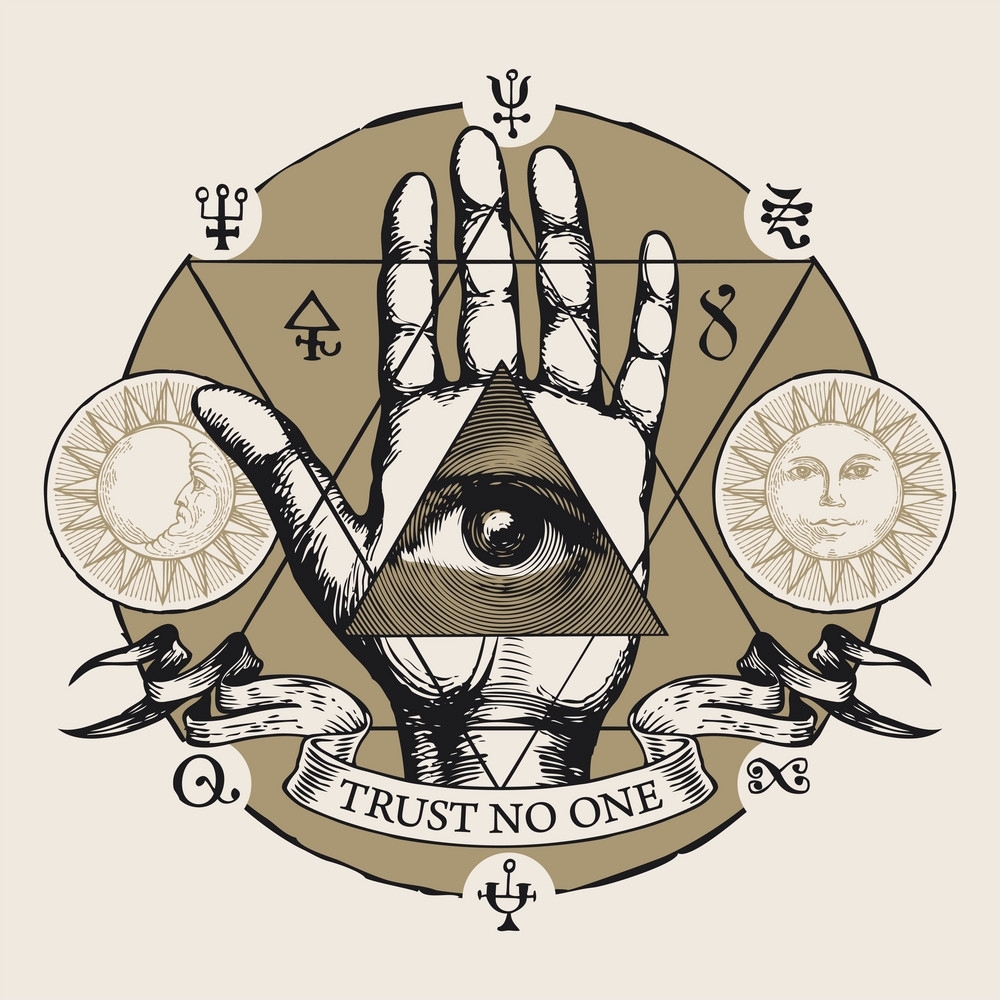“Mary Magdalen’s long hair is apparently derived from Luke’s unnamed sinner who evidently had hair long enough to wipe Christ’s feet. By the fifteenth century, the vanity of Mary Magdalen before her conversion was seen to focus on her hair. In a sermon given in the early fifteenth century, St. Bernardino of Siena (1380-1444) declared that Mary Magdalen’s “third sin was through her hair” which, he adds, “she did everything to make herself more blond” through a practice of “staying in the sun to dry her hair.”
Such sermons were aimed at contemporary women. At this time and into the sixteenth century, it was frequently the practice of courtesans to dye their hair blond. The technique of dyeing hair blond was called arte biondeggiante. Mary Magdalen’s hair is frequently shown blond and is one of her principal attributes.” – Christopher Witcombe, Mary Magdalen in Renaissance and Later Art
This association between hair and evil was used in prior depictions of Mary Magdalene in the 14th and 15th centuries, but less deference was paid to her sensuality. Examine Donatello’s Penitent Mary, a woodcutting made between 1453-1455; it was both reviled and beloved in its day for its realism.
“Though the “Penitent Magdalen” was the usual depiction for the many single figures of Mary Magdalene in art, Donatello’s gaunt, emaciated figure differs greatly from most depictions, which show a beautiful young woman in perfect health. Medieval hagiography in the Western church had conflated the figure of Mary Magdalene, already conflated with Mary of Bethany and the unnamed sinner in the Anointing of Jesus, with that of Saint Mary of Egypt. She was a popular figure in the Eastern church, who had been a prostitute before spending thirty years repenting in the desert. Donatello’s depiction is similar to, and very probably influenced by, Eastern Orthodox icons of Mary of Egypt, which show a similar emaciated figure. He thus ignored the Western legends by which Mary was daily fed by angels in the desert.” – Wikipedia
Beginning in the 16th century, European depictions of Mary Magdalene in art drew increasing attention to her eroticism based on her (alleged) prostitution prior to following Jesus. The manner by which this eroticism was expressed has fascinating implications for the Christian understanding of female sexuality and a woman’s “proper” upkeep, particularly with relation to their hair, bodily and crown.
“… Hairiness of body denoted both sexuality and evil. Animal hairiness, such as in satyrs in ancient mythology, embodied lust, an attribute transferred to the Devil in the Middle Ages. Mary Magdalen’s hairiness made her akin to the “wild man” and “wild woman” of the Middle Ages.
In the sixteenth century, Johann Geiler von Kaysersberg established five categories of wild men: solitarii, sacchani, hyspani, piginini, and diaboli. Mary Magdalen was placed among the solitarii, together with Saints Mary of Egypt, Aegidius, and Onuphrius.” – Christopher Witcombe, Mary Magdalen in Renaissance and Later Art
Mary Magdalene on the Church of St. John the Baptist and St. John the Evangelist in Toruń
Some depictions of Mary Magdalen, like Farino’s La Maddalena, portrayed her hair so long that she wore a cinch beneath her breasts to fashion it into a makeshift dress. Some other artists chose to depict her with an entire body of fur.
Detail of altarpiece by Jan Polack, circa 1500
Thus, feminine hirsutism became an allegory for promiscuity, evil, sexuality, paganism, sin, and ultimately, the Devil.
By the 15th century, it was popular for women to remove all or some of their body hair.
“Many books cite small tweezers made from copper alloy or silver as part of medieval toiletry sets. The tweezers at left are dated from the 15th century and feature brass tweezers, an earscoop and a nail pick, all hinged to fold away when not in use.
Contemporary artworks, when they show the female private parts at all, show it clear from any growth of hair. Since the general practice of tweezing the face and hairline to achieve a fashionable look was popular, it is not hard to imagine that women may have also removed the unwanted hair from the pubic region. Trotula de Ruggiero’s 11th century treatice, De Ornatu Mulierum (About Women’s Cosmetics) advises a hair removal remedy for women:
‘In order permanently to remove hair: Take ants’ eggs, red orpiment, and gum of ivy, mix with vinegar, and rub the areas.’” – Rosalie Gilbert, Trends With Medieval Women’s Body Hair
Due to the Christian emphasis on feminine virtue, chastity and virginity, the quintessential virginal female would remove her pubic hair so as to render it aesthetically reminiscent of her youth, when she was in a state of “innocence.” Body hair, particularly pubic, represents maturity, experience and lack of inhibition, which were relegated to the pagan “wild women” of the time. Forms of hair dyeing, as well as many other forms of hair modification (save for its total removal), were widely frowned upon by church authorities, who cited it as an expression of the sins of lust and vanity.
Thus, the in-vogue woman would keep the hair on her crown long, but remove all other body hair, as represented by Mary Magdalene in this painting, circa 1876, by Jules Josef Lefevre. This would achieve the perfect mix of innocence and eroticism.
These concepts have residual implications today concerning how women maintain their body hair. Women who retain their body hair also retain their associations with paganism/nature-worship, promiscuity, and dissent to social convention.

